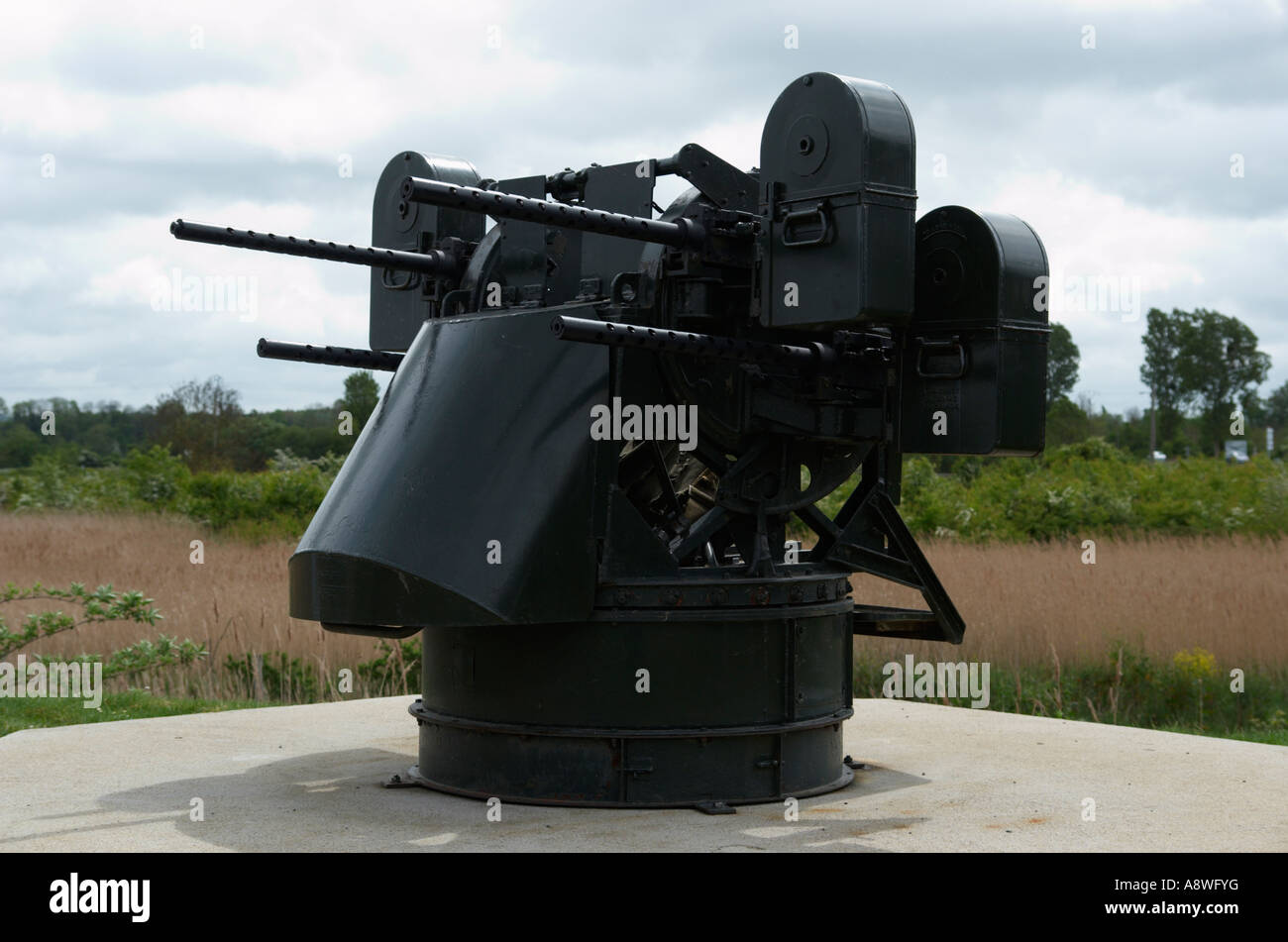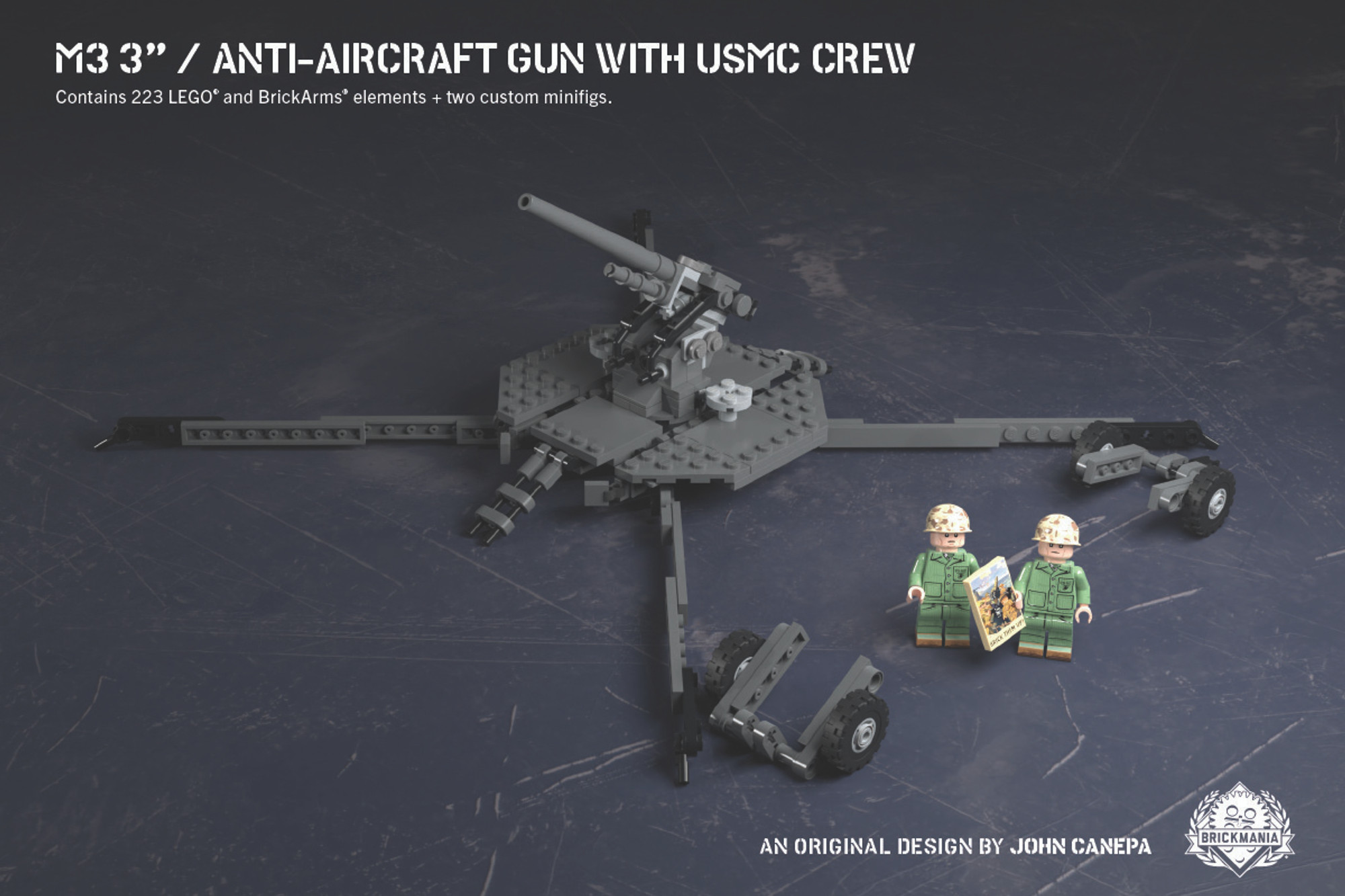Anti-aircraft - This article requires additional citations for validation. Please help improve this article by adding links to reliable sources. Unattributed material may be challenged and removed. Find sources: "Self-Propelled Anti-Aircraft Weapons" - News · Newspaper · Books · Newspapers · Newspapers · Weapons |
An anti-aircraft vehicle, also known as a self-propelled anti-aircraft gun (SPAAG) or self-propelled air defense system (SPAD), is a mobile vehicle with a special anti-aircraft capability.
Anti-aircraft

Special weapon systems used include machine guns, automatic cannons, larger guns or rockets, and some mount long-range cannons and rockets (such as the Pantsir-S1). Platforms used include both trucks and heavier combat vehicles such as armored personnel carriers and tanks, which provide protection against aircraft, artillery and small arms for front-line deployment.
Germany To Deliver 15 'gepard' Tanks To Ukraine In July
Anti-aircraft guns are usually mounted on a fast-moving turret with a high rate of climb to track fast-moving aircraft. They are often in double or quad uprights, allowing for a high rate of fire. In addition, most anti-aircraft guns can be used for direct fire against ground targets with great effect. Today, missiles (mainly mounted on similar turrets) have supplanted anti-aircraft guns, but may make a comeback as a cheap way to counter unmanned aerial systems (drones).
Anti-aircraft guns have long been mounted on trucks and were widely used during the First World War. A precursor to the German '88' anti-aircraft gun of World War II, the German 77mm anti-aircraft gun of World War I was mounted on a truck and had great effect against British tanks.
The British QF 3-inch 20 kW was fitted to trucks for use on the Western Front. The British had their first special anti-aircraft weapon, the QF 1 lb pompon. The Pierce-Arrow was mounted on an armored truck called the AA armored truck, which was produced in limited numbers and served only until 1915.
Between the two world wars, the United Kingdom developed the Birch gun, a primary artillery weapon on a tracked armored chassis that could maintain ground formation with its modern tanks. The gun can be raised for anti-aircraft use.
Western Arms Production To Ramp Up As Ukraine Burns Through Stockpiles
Vickers Armstrong also developed the SPAAG, based on the Vickers Mk.E 6-ton light tank/Dragon, Medium, Mark IV artillery tractor chassis, mounting the Vickers QF-1 "Pom-Pom" 40 mm gun. About 26 were sold to Siam and were used as infantry support and anti-aircraft guns during the Franco-Thai War (1940-1941) and with 30 Vickers Mk.E 6-ton B tanks. This was probably the first serially produced controlled SPAAG. The British later developed a version of the Mk.VI light tank armed with four machine guns, known as the AA Mk.I light tank. A twin 15mm version based on the light tank Mk.V was also built.
Among the early pioneers of pre-war self-propelled anti-aircraft guns were the Germans. Before the war, they installed Sd.Kfz. 10/4 and 6/2, cargo half-tracks with individual 20 mm or 37 mm anti-aircraft guns (respectively). Later in the war, similar German half-tracks were mounted with quadruple 20mm guns.
Larger guns were mounted on larger trucks, but these mounts usually required mounting on the outside of the truck to free up the stabilizer legs required for these weapons. One exception to this rule was the Italian Cannone da 90/53, which was very effective when mounted on trucks, called the "autocannoni da 90/53". The 90/53 was a formidable weapon, especially in the anti-tank role, but only a few hundred were produced during the 1943 armistice.

Other nations worked on truck chassis. Beginning in 1941, the British developed a "porty" method of mounting an anti-tank gun (originally a 2-pounder) on a truck. This was to prevent the weapon from being damaged on long journeys across the rough, rocky deserts and was intended as a method of carrying an empty pistol for firing only. However, due to the mobility of this method, crews attempted to fire their weapons from their vehicles, resulting in casualties.
Battles And Fighting Photographs
This undoubtedly inspired their Morris C9/B (officially "Carrier, SP, 4x4, 40mm AA"), a Bofors 40 mm AA gun mounted on a chassis derived from a Morris "Quad" Field Artillery Tractor truck.
Similar types, based on 3-ton trucks, were produced in Britain, Canada and Australia, and together formed the largest number of self-propelled anti-aircraft guns in British service.
As the US Army sailed first to Britain and then to France, it brought truck-mounted Bofors 40mm AA guns and truck-mounted installations with mechanized turrets. The turrets had four 0.50-inch (12.7 mm) machine guns, designed to accommodate single-point approaches where enemy aircraft were expected to appear at low altitude during attacks directed at large infantry and field artillery units.
Interest in mobile AAs has evolved into heavier vehicles with the mass and stability needed to easily train weapons of all sizes. This drive may have been aided by the desire of anti-aircraft vehicles, especially in German service, to armor for their own protection.
Anti Aircraft Weapon
The armored SPAAG concept was introduced by Hungary during World War II with the production of the 40M Nimrod based on the license of the Luftvärnskanonvagn L-62 Anti II purchased from Sweden. Later, Germany came out with the Flakpanzer series. German SPAAGs in World War II included Möbelwag, Wirbelwind, Ostwind, and Kugelblitz. Other forces came up with their own designs, notably the American M16, made by mounting quadruple M2HB Browning machine guns on the M3 Half-track.
The British developed their SPAAGs during the war by mounting multiple machine guns and light guns on various tank and armored car chassis, and by 1943 Crusader AA tanks mounted either a Bofors 40mm gun or two or three Oerlikon 20mm guns. Although they were used during the Normandy landings, the Allied air force at the time contained German aircraft and they were largely unnecessary.
The Flakpanzer Gepard combines radars, fire control and two 35 mm guns in a new turret mounted on the Leopard chassis.

The introduction of jet engines and the subsequent doubling of aircraft speed significantly reduced the SPAAG's effectiveness against attacking aircraft.
File:s 60 Anti Aircraft Gun At The Muzeum Polskiej Techniki Wojskowej.jpg
A typical SPAAG round may have a barrel velocity of 1,000 meters per second (3,300 ft/s) and take two to three seconds to reach the target at maximum range. An airplane flying at 1,000 kilometers (620 mph) travels at about 280 meters (920 ft/s) per second. This means that the ship will be moving hundreds of meters as the projectiles fly, complicating the targeting problem to the point where it is impossible to target at close range with manual aiming. This speed also allowed the aircraft to quickly fly out of gun range; If the aircraft passes directly over the SPAAG, it will be within its firing radius in less than 30 seconds.
Development of the SPAAG continued in the early 1950s with increasingly large guns, improving range and allowing the gamet to be fired at greater distances with a smaller cross-section angle and easier aiming. Examples include the 40mm American M42 Duster and the 57mm Soviet ZSU-57-2. However, both were obsolete before they entered service and found employment only in ground support roles. The M42 was introduced into the Vietnam War to counter the anticipated North Vietnamese air raids, but when this failed it was used as an effective direct fire weapon. The ZSU-57 found similar use in the Yugoslav wars, where its high-angle fire was useful in mountainous terrain.
In the late 1950s, the US military abandoned the SPAAG concept, deeming all weapons based on modern anti-aircraft weapons useless. This belief was generally followed by many superpowers and the anti-aircraft role was confined to missile systems. The Soviet Union stayed out of the country, starting development in 1957 on the new SPAAG, which appeared in 1965 as the ZSU-23-4. This system included search-and-search radars, fire control, and automatic gun emplacements, which were greatly increased. its effectiveness.against modern goals. The ZSU-23 was very effective when used with SAMs; The presence of SAMs forced the aircraft to fly low to avoid their radars, putting them in range of the ZSUs.
The success of ZSU-23 led to a revival of SPAAG development. This was also encouraged by the introduction of attack helicopters in the 1970s, which could hide behind the ground and "emerge" for a seconds-long attack. missiles were ineffective at low altitudes, and helicopters were often within gun range for a quick counterattack. Among these later systems, the first Western SPAAG to offer performance equal to or better than the ZSU is the German Gepard. This system is widely replicated in various NATO forces.
Old Anti Aircraft Guns Are Being Used Against Drones In Ukraine
SPAAG continued to be developed, with many modern examples often combining cannons and short-range missiles. Examples include the Soviet/Russian Tunguska-M1, which replaced the ZSU-23 in service, newer versions of the Gepard, the Chinese Type 95 SPAAA, and the British Marksman turret, which can be used on a variety of platforms. Some forces, such as the US Army and USMC, have largely abandoned self-propelled guns in favor of short-range systems.
Anti aircraft artillery, anti aircraft vehicle, skink anti aircraft tank, aircraft anti collision lights, stinger anti aircraft missile, anti aircraft systems, anti aircraft game, anti submarine warfare aircraft, anti aircraft missile, anti aircraft artillery wwii, anti-aircraft, anti aircraft gun